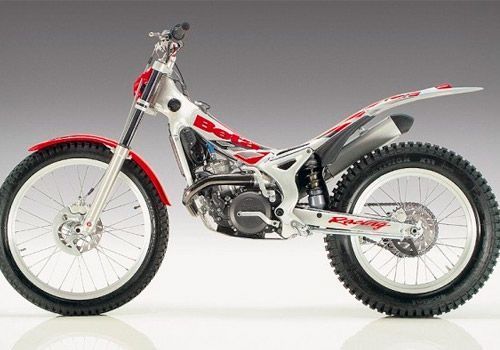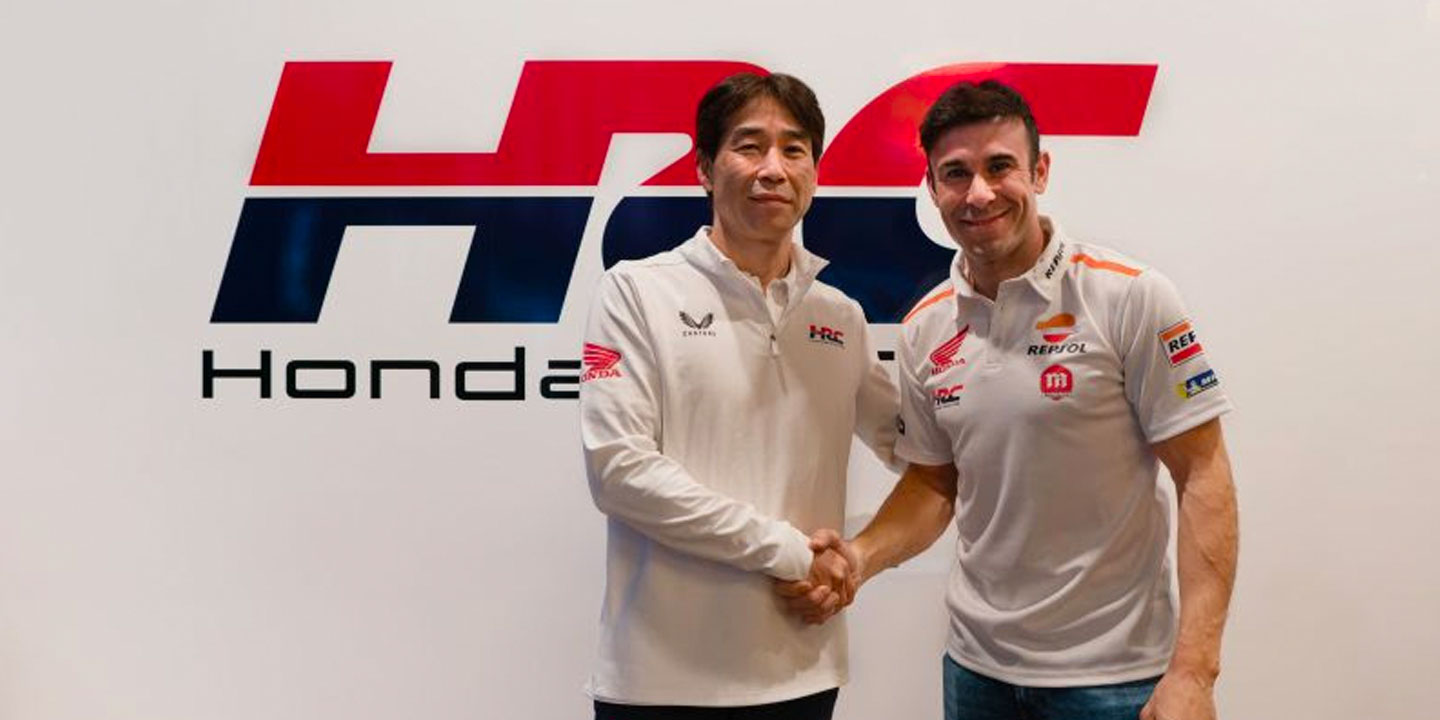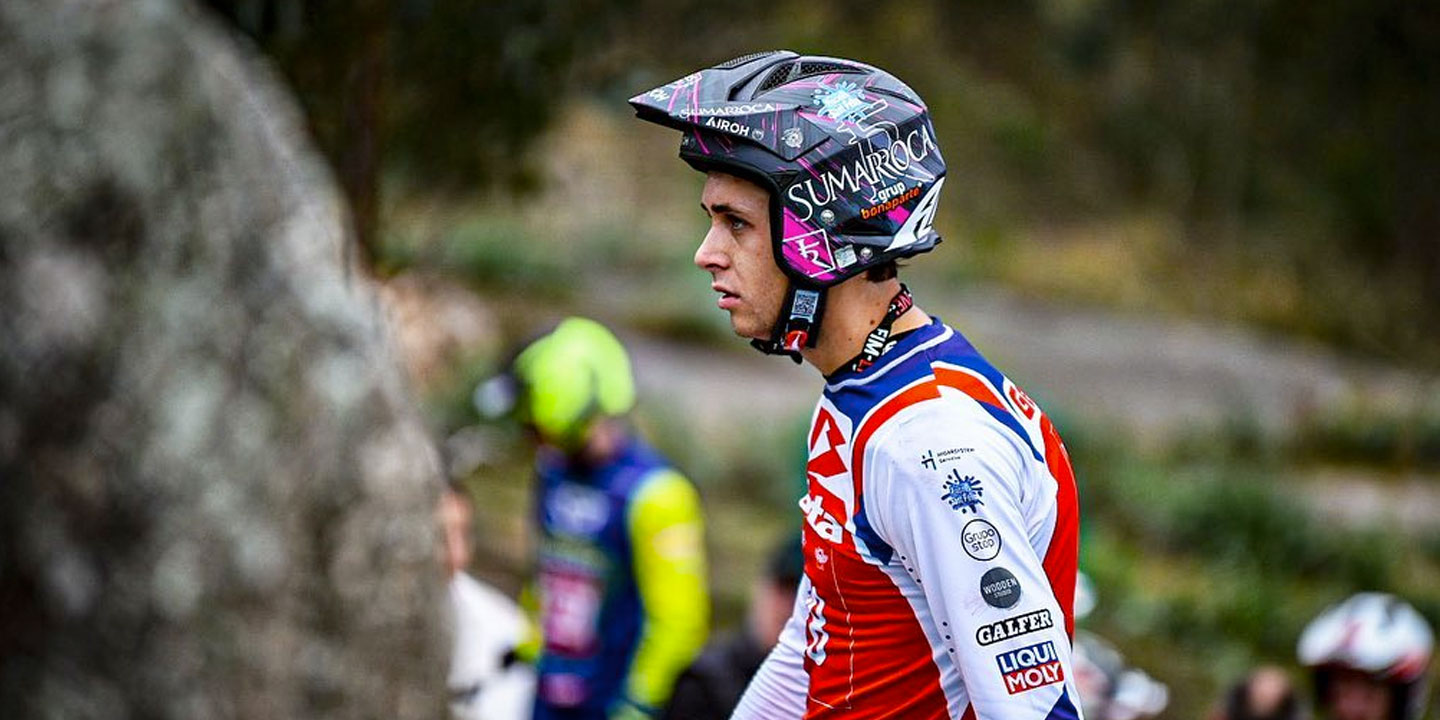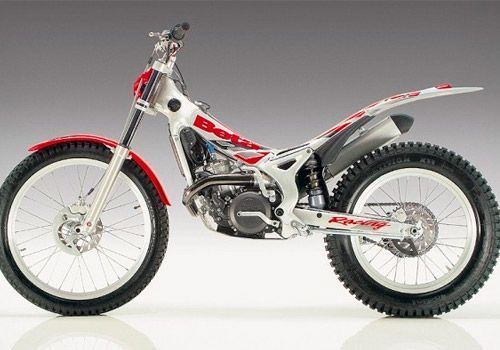
Consequently, there are no major changes in any of the models compared to its predecessor, but they do receive an update of components and aesthetics to correct small details that substantially improve their behavior in the areas.
Before reading the comparison, you can find out what’s new in each of the models at these links:
What’s New in Gas Gas TXT Pro 2005
BETA REV3 2005. DYNAMIC TESTING
Let’s start with the Beta, a mount that has always been characterized by having a completely different character from the rest, although until now, its behavior was similar to that of the defunct Montesa Cota 315R. Before getting on the Rev-3, we can already see that it is a bulkier bike than its rivals, on which an extraordinary aluminum frame stands out, which gives it not only exclusivity, but also great stability.
However the new Beta drags the typical problem of its Mikuni carburetor, And if we forget to turn off the gasoline tap after riding, it is likely that the tank will end up throwing away the fuel, and in addition to leaving us a memory on the ground, it will cost us more than usual to start it next time. Once this point has been solved, the first sensations that the Beta gives us are marked by a great smoothness, remember that it mounts a throttle grip with more travel than normal, something that sweetens the power delivery and makes it more suitable for all audiences.
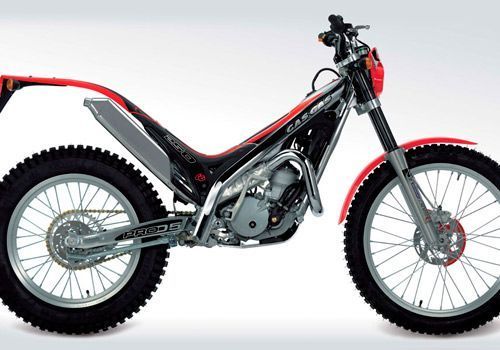
Another delicate point of the Rev-3 is the speed of its clutch , which is very direct in its final travel, thus stoking the reactions of its engine, and recommending a small period of adaptation beforehand so as not to make precision mistakes.
In terms of suspensions, the Beta has a very effective package that helps compensate for excess weight, especially at the rear, where the great absorption capacity of the Paioli shock without linkages, is much more forgiving of failures than its rivals. The new system of brake pumps and discs provides quality and saves weight, but their effectiveness is still at the level of the old AJP controls.
GAS GAS TXT PRO 2005. DYNAMIC TESTING
We continue with the Gas Gas Pro sisters. We are aware of how difficult it is to decide on a frame, and even more so if they have such similar characteristics, however, although they share the vast majority of the components, the personality differences begin to be palpable from the first area.
The start-up work has improved a lot in both, although given its greater compression, the “three hundred” needs a more energetic punch and a bit of practice to get the hang of it.
In this edition, the riding position has undergone changes with the arrival of the new variable diameter handlebar, gaining in addition to comfort, stability and poise on the front axle. Another of the great novelties that equip both mounts is the new oil clutch, whose feel seems somewhat hard and strange at first, but on the fly it offers the typical progressivity of Gas Gas clutches.
Once focused squarely on its mechanics, We have to remember that The big differences can be seen at low revs, where the 280 has in its favor that it is more docile and less demanding, since the “Tres Cientos” responds earlier and more energetically, forcing the rider to be more focused so as not to make mistakes. Things are starting to get even at medium and high revs, since the Girona technicians have equipped the “three hundred” with a lighter forged piston, which allows it to rev up with the same speed as its sister, making us forget those lazy 321s of a few years ago.
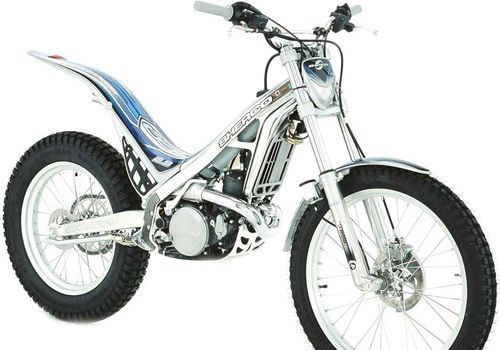
At the level of suspensions The trend of last year continues, where a great step was taken with the incorporation of the Marzocchi fork with 40mm bars -38mm in 2003-, correcting a delicate point of past editions, where it lacked poise and tended to “sweep” on slippery surfaces. At the back, work has been done on the shock setting, but even so, it’s still a bit tough, especially compared to the Beta. With all this, the difference in weight between the two frames is just over a kilo – 71.8 kg for the 280, and 73 kg for the 300 in running order – although these figures are not very representative, as they are barely noticeable from the bike.
SHERCO 2.9 2005. DYNAMIC TESTING
As for the Sherco, we all know that it is a bike whose main attraction is its ease of adaptation, because both for its riding position and for its predictable reactions, they have catapulted the 2.9 to become one of the most popular motorcycles.
It’s hard to find fault with its 272cc mechanics –the same as the Gas Gas 280-, whose secret of Success is based on progressivity, with a very linear and full power delivery at all speeds, further optimised in this edition with improvements in its layout and the redesign of the silencer.
Regarding the “two and a half”, this 2.9 retains its same philosophy, although with a more radical mood for those who are looking for a faster response to the first blow of gas. A detail that in our liking could be improved, is the feel of the clutch , totally opposite to that of the Beta, because in the 2.9 it starts to come out too soon and the final stretch has less sensitivity.
In terms of suspension, the Sherco has a homogeneous and effective set, although it is not the best in the comparison, since the lightness of the front end, together with a rather soft setting, has a negative impact on driving in very demanding areas. On the contrary, the rear end has gained in progressiveness, and now the bike moves more agilely.
Text: David Quer
